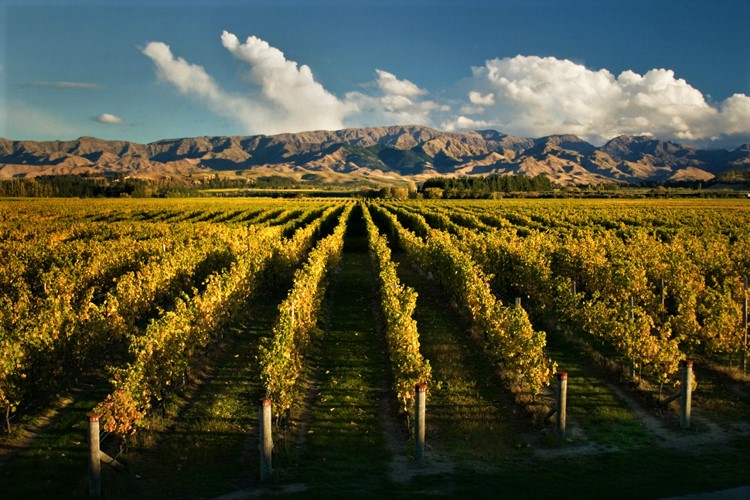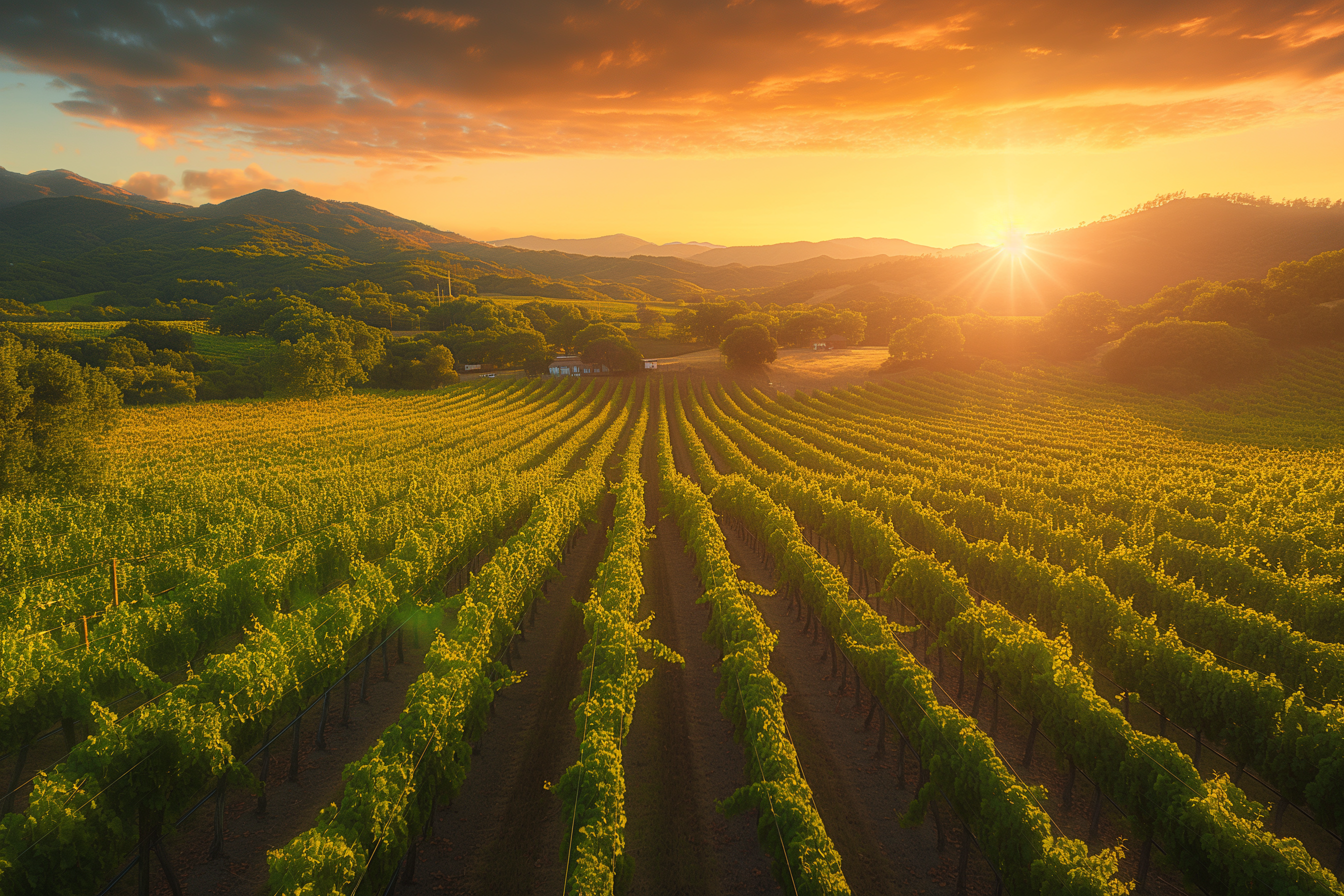What does branding have to do with where and how a wine is made?
In November 2019, Marlborough winemakers raised a glass to celebrate the trademarking of the Appellation Marlborough Wine (AMW) certificate in international markets. The AMW label ensures global consumers that 100% of the Sauvignon Blanc in that wine was grown in the Marlborough region.
The intent is to “distinguish quality producers from bulk blends.” Current labeling laws require only 85% of a wine to be from the region listed on the branding label.
Why would Marlborough winemakers see making a distinction beneficial?

First, we have to understand the concept of terroir. Historically, protecting terroir is what led to the development of appellations. It is why we have Grand Crus from single vineyards in Burgundy, and why Champagne is commonly used to refer to sparkling wine (although in fact it only refers to wine produced in the Champagne region according to strict regulations and methods).
What is terroir?
Terroir, as it applies to wine, is more than the region where the vines were grown. It encompasses the many factors that go into making the wine. Things like soil, climate, location, the vines (age, health, vigour), vineyard practices and the decisions of the winemaker.
Every variable combines to create the unique terroir of that wine – what makes it original and why it cannot be replicated exactly anywhere else.
Terroir as a point of difference
The AMW certificate elevates the status of the Marlborough region as something globally unique, the Sauvignon Blanc distinct from any others, and protects the reputation of the terroir in producing world-class Sauvignon Blanc.
What does this have to do with branding? The same concepts behind a wine’s terroir can be applied to the goals of a brand – to differentiate, stand out from the crowd, be original and unable to be imitated.
To show your brand’s unique capabilities and stand out from your competitors, you need to define your terroir. What sets you apart? How are you different from your competitors? What makes you, you?
How do you define your terroir?
The first place to look is your origin story. It took a unique mixture of people, events, and timing to birth your brand. No one else has the same story. So tell it. By being authentic and unafraid to lay your story bare, you immediately differentiate from everyone else, and that’s your terroir. Embrace your origin story in your messaging so it is different from the run-of-the-mill messaging typical for your industry.
In this hypercompetitive world with so much focus on content, it’s crucial to be real and to stand out for being you. Consumers want unique experiences. They want to know you and what you stand for. How are you distinct from the masses, the generic brands, the impersonal entities? What ethos do you stand by?
Terroir sets a wine apart. It celebrates its origin and unique identity. Define your terroir and let it flavour everything you do.

